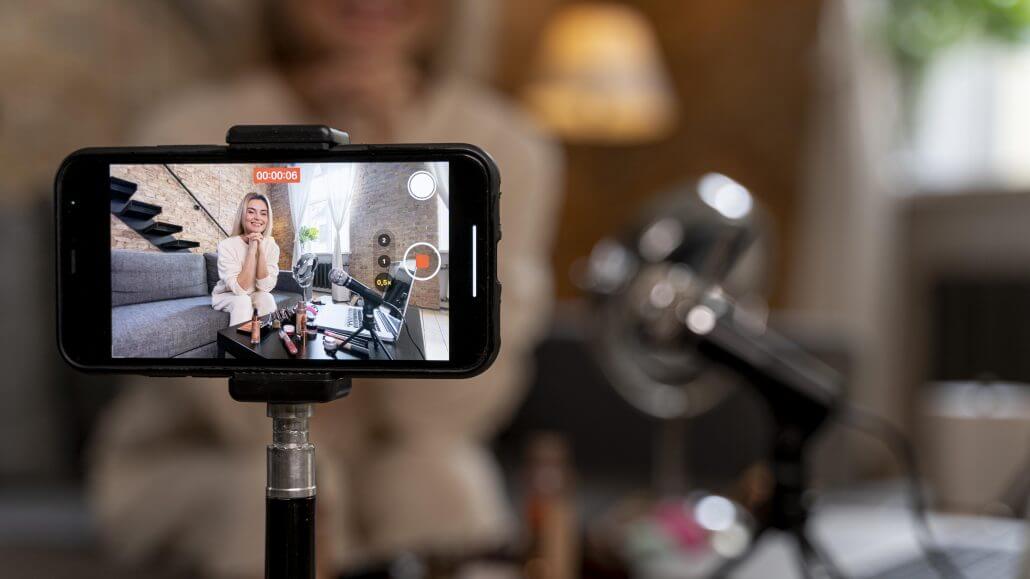Challenges, trends, duets, hashtags — TikTok is taking over the social media landscape.
NB: This is an article from Cloudbeds, one of our Expert Partners
The way people consume content is rapidly changing, with short-form videos becoming increasingly important as a research tool among travelers. TikTok is one of the most effective video marketing tools, and lodging operators can take advantage of its extensive reach across international audiences of all ages to promote their property and build brand awareness.
Subscribe to our weekly newsletter and stay up to date
Read on to learn more about the growing importance of TikTok marketing for hotels, how to get started on TikTok, what types of content to post, and 9 best practices.
TikTok users: more than just Gen Z?
There’s a common myth that TikTok is full of teenagers participating in dance challenges and other viral crazes. While this does exist, a growing number of people use TikTok as a place of community and a platform for connection.
TikTok’s algorithm makes it easy to find other users and brands with similar values and interests — and increasingly attracts broad demographics. As of 2022, out of 1.5 billion monthly active users, 41% were between 18-24 years old, with 24% being over 35.
5 benefits of using TikTok
As a lodging operator, you may be hesitant to add one more social media platform to your list; however, here’s why you should prioritize TikTok.
Reach a new segment of travelers
TikTok has surpassed Instagram in popularity among Gen Z’s in the US, and as this demographic, along with millennials, accumulates more purchasing power, lodging operators will want to expand their marketing efforts to reach them wherever they are online.
TikTok also has excellent local search capabilities, allowing hoteliers to promote their amenities to locals. If you have a coworking space, bar, or spa, create TikTok content to showcase these amenities that anyone in your area can use.
Try a new search engine for travel
You may be surprised to hear that TikTok is quickly becoming the internet’s newest search engine. Over 40% of travelers over the age of 30 prefer TikTok to Google as a search tool, most likely due to the platform’s authenticity and ease of use. To be discovered online, hoteliers must be active on TikTok and post videos that make users stop scrolling. In addition to quality content, you should include your website and booking engine linked in your bio to streamline the traveler’s journey.
Increase engagement and visibility
Do you struggle to get people to engage with your posts on social media apps? TikTok can help properties increase visibility online thanks to its targeted algorithm tailored to user preferences. Compared to other platforms, TikTok accounts with very few followers can still achieve sky-high engagement, with niche TikTok audiences more likely to convert. Research shows that TikTok has the highest average user sessions compared to any other social platform at 10.85 minutes (Pinterest comes in second with 5.06 minutes).
Produce and repurpose rich content
Ross Bordem, CEO and Founder of Matador Network, a travel content creator community, predicts that short-form video will become the most crucial form of marketing in the next decade, and we agree. Hoteliers creating TikTok videos can repurpose content across various hotel marketing channels, including Instagram Reels, YouTube Shorts, and their website. As Google’s algorithm changes to favor video, the hoteliers incorporating short-form video as part of their hotel marketing strategy will be ahead.
Increase brand awareness
Connecting with travelers before they’re ready to book is a crucial part of marketing within the hospitality industry. Younger generations want to buy from (or stay with) brands who share similar values, and therefore hoteliers must put in the time on social media to educate users about who they are before trying to sell a hotel room. TikTok is one of the best platforms to do this, as 73% of TikTok users feel a strong relationship with the brands that they interact with compared to other social media platforms.




